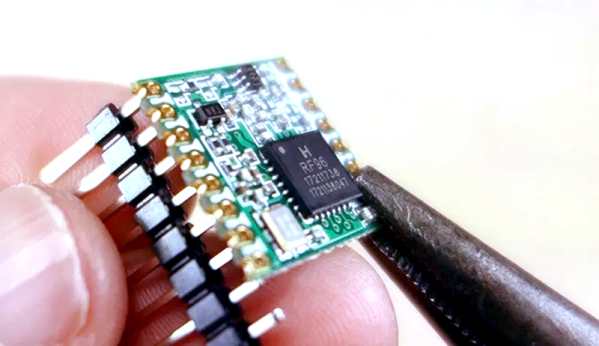It’s a fair bet that most of us have a ton of wireless doo-dads around the house, from garage door remotes to wireless thermometers. Each of these gadgets seems to have its own idea about how to encode data and transmit it, all those dedicated receivers seem wasteful. Wouldn’t it be great to use existing RF infrastructure to connect your wireless stuff?
[Malte Pöggel] thinks so, and this LoRa rain gauge is the result. The build starts with a commercially available rain transmitter, easily found on the cheap as an accessory for a wireless weather station and already equipped with an ISM band transmitter. The rain-collection funnel and tipping-bucket mechanism were perfectly usable, and the space vacated by the existing circuit boards left plenty of room to play, not to mention a perfectly usable battery compartment. [Malte] used an ATmega328P microcontroller to count the tipping of the bucket, either through the original reed switch or via Hall Effect or magnetoresistive sensors. An RFM95W LoRa module takes care of connecting into [Malte]’s LoRaWAN gateway, and there’s an option to add a barometric pressure and temperature sensor, either by adding the BMP280 chip directly to the board or by adding a cheap I2C module, for those who don’t relish SMD soldering.
[Malte] put a lot of work into power optimization, and it shows. A pair of AA batteries should last at least three years, and the range is up to a kilometer—far more than the original ISM connection could have managed. Sure, this could have been accomplished with a LoRa module and some jumper wires, but this looks like a fantastic way to get your feet wet in LoRa design. You could even print your own tipping bucket collector and modify the electronics if you wanted.












